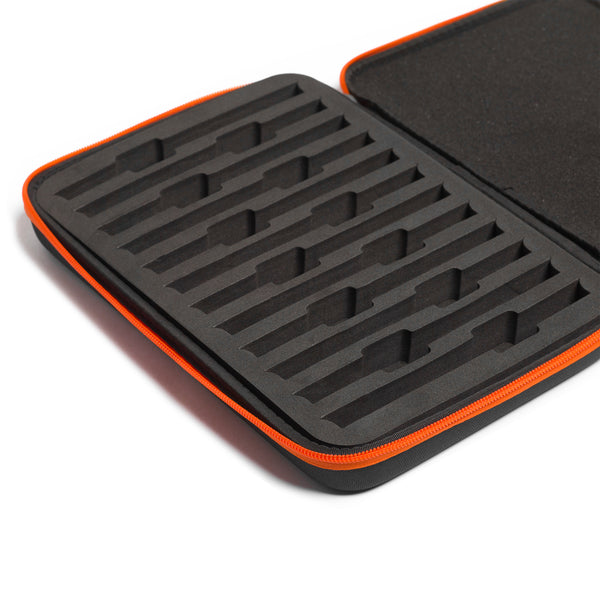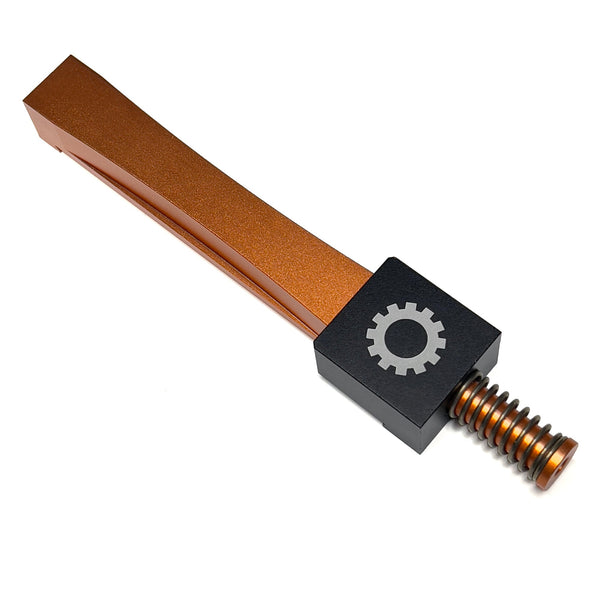Silicon Carbide Powder is a perfect tool for flattening and lapping synthetic and natural stones. Choose one of 5 available grit: F80, F120, F280, F500 and F1000. One bottle contains up to 100 gram of SiC powder.
| F80 |
|---|
| Flattening of very coarse stones (60 - 150 grit) |
| F120 |
|---|
| Flattening of any stones (180 grit and above) |
| F280 |
|---|
| Lapping of medium waterstones (400 - 1000 grit) |
| F500 |
|---|
| Lapping of fine waterstones (2000 grit and above), natural stones, alumina ceramic |
| F1000 |
|---|
| Lapping and honing of ultra-fine natural stones and sintered alumina ceramic |
How to use

Warning! Respirator required to work with F1000 silicon carbide powder. Inhalation can cause illness.
The SiC powder should always be coarser than a sharpening stone.
Take a slate pencil and put crosshatch pattern to the surface of the stone. Never skip this step. Your goal is to get rid of crosshatch completely. If you notice left-over of pattern somewhere, it means geometry is not flat yet.
Always add water to make a suspension, not dry SiC. Try to use glass area evenly. Your glass will wear over time because SiC affects glass too.
For hard stones, coarse SiC will be the major time consumer. When SiC disintegrates, put another pinch (refresh). If there is too much suspension, clean your glass. Use a straight edge or metal ruler to check flatness. If you are not sure, make crosshatch pattern again.
The abrasive hygiene should be a priority. Don't let single coarse particle to remain in fine lapping.



![Hapstone Spring-Assisted Stopper [6 mm]](http://www.gritomatic.com/cdn/shop/files/Hapstone_20Spring-Assisted_20Stopper_20Ring_201_600x.progressive.jpg?v=1761738814)
![Hapstone Poly Diamond Suspension [5 ml]](http://www.gritomatic.com/cdn/shop/files/Hapstone_20Diamond_20Suspension_205_20ml_201_600x.progressive.jpg?v=1755450578)




